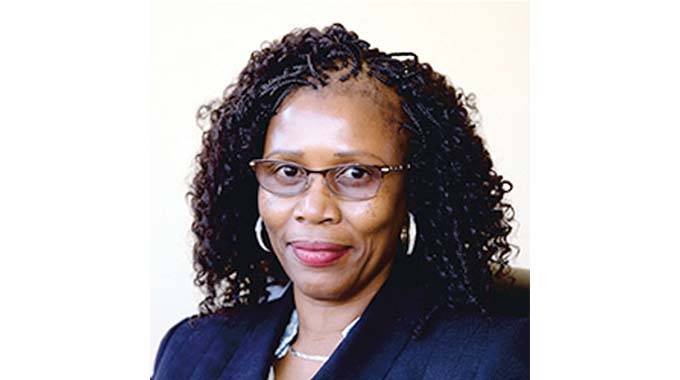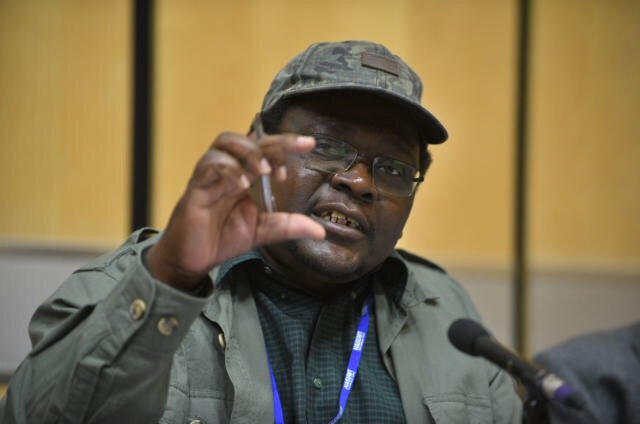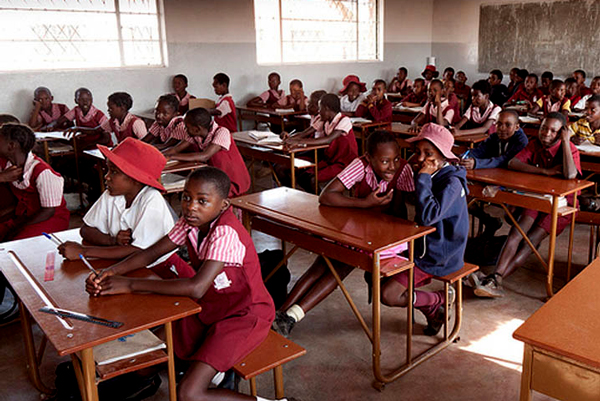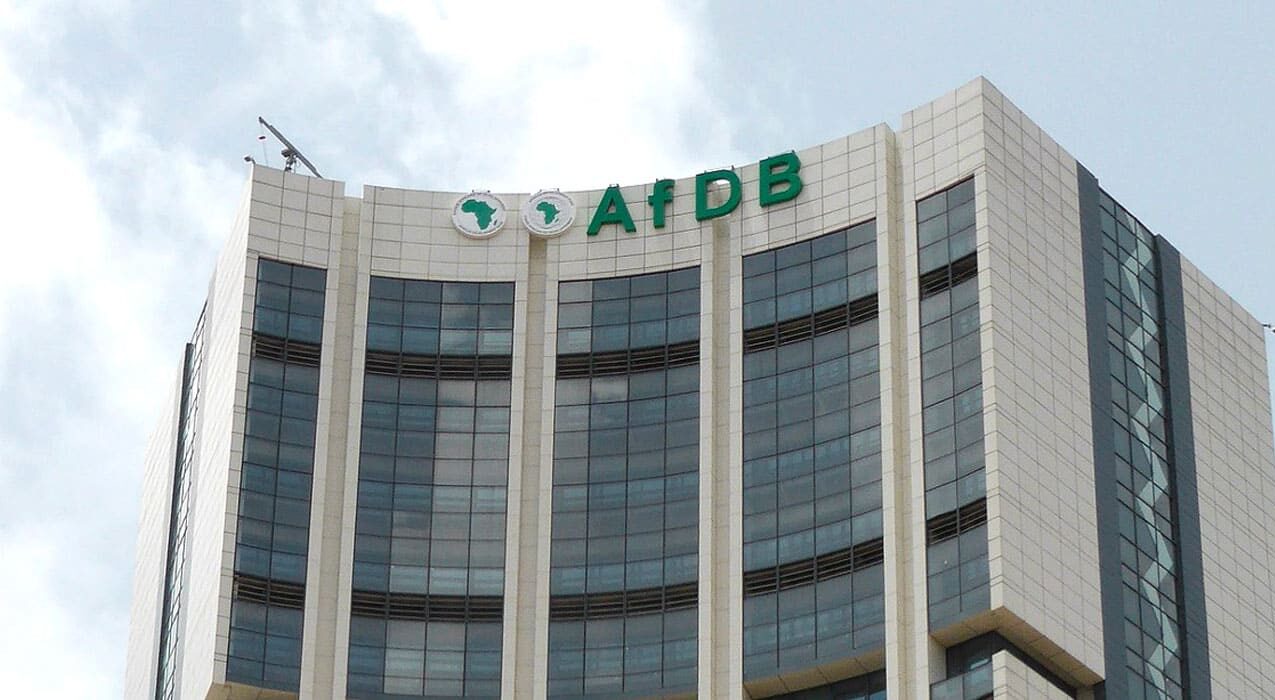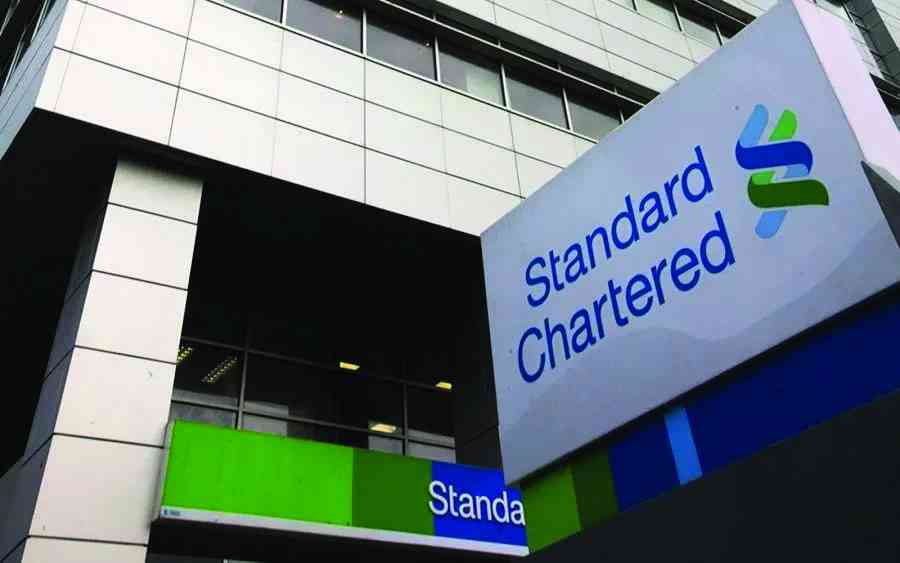
BY NKOSANA DLAMINI
Private aircraft have been sneaking in and out of the Robert Gabriel Mugabe (RGM) International Airport and other Zimbabwean flight ports without detection due to poor air traffic control, investigations have revealed.
An association of local air traffic controllers is worried that the repeated breaches pose a “national security threat”, investigations by The Standard — working in partnership with Information for Development Trust (IDT) and Zimstar News, an online publication — have revealed.
The IDT is a non-profit organisation helping promote the capacity of local and southern African journalists to investigate corruption and bad governance.
Shocking breaches
The shocking breaches were exposed in a high-level meeting held on May 10 this year between the Air Traffic Controllers Association of Zimbabwe (ATCAZ) and the Civil Aviation Authority of Zimbabwe (CAAZ) board of directors.
The meeting, which was held at the third level boardroom at the RGM International Airport, was the first of its kind and came after ATCAZ repeatedly requested engagement with the board so that it could air its grievances relating to the handling of air traffic control over the years, minutes show.
The main meeting, it was established, excluded the CAAZ management so as to “allow for the (board) members to fully hear the ATC (air traffic control) issues”.
- Chamisa under fire over US$120K donation
- Mavhunga puts DeMbare into Chibuku quarterfinals
- Pension funds bet on Cabora Bassa oilfields
- Councils defy govt fire tender directive
Keep Reading
The ATCAZ team was led by Learnmore Maranda, the association’s president who came with Anderson Shonhiwa, Gift Munyaradzi Shoko, Ashlove Kudakwashe Chihota — an executive board member representing Joshua Mqabuko Nkomo International Airport — and Francisca Demawatema, who stood in for the RGM International Airport.
Bertha Muzangaza, the company secretary, took down the minutes.
Zimbabwe’s aviation system had, since 2010, operated without a surveillance system, the air traffic controllers told the CAAZ board.
“Air traffic controllers’ representatives advised that, because of the absence of a surveillance system since 2010 … aircraft come into our airspace and leave without the ATCs (air traffic controllers) knowing,” the minutes read.
“They (ATCs) further highlighted that such occurrences are a threat to Zimbabwe’s national security and that they are also a loss of revenue to CAAZ,” the minutes continued.
Two weeks before the meeting, the air traffic controllers told the CAAZ board that a helicopter from Zambia sneaked into the RGM port.
Mysterious copter
“They (ATCs) further highlighted that just two weeks back, a helicopter from Zambia landed at RGM International Airport without the ATCs seeing it nor knowing about it,” the minutes further read.
“They had no communication with it and they were actually surprised to see it already landed at the international landing area.
“As a result, their biggest fear is with the VVIP aircraft.”
The ATCs then quizzed the helicopter crew, which reportedly claimed that it had tried to communicate with the control tower attendants, but did not get a response.
This revelation, according to the minutes, shocked the board members who wondered why CAAZ was, in the first place, taking air navigation fees and failing to fulfil its mandate.
Poor air traffic surveillance was promoting smuggling too as private planes came and went unnoticed.
“They (ATCs) highlighted further that these private aircraft engage in smuggling activities daily, as they can fly in and out of the country without being detected due to the absence of a primary radar,” the meeting record noted.
The ATCAZ recommended that the Defence ministry should help with surveillance of all planes as CAAZ did not have the capacity to cover aircraft flying at low levels and added that it was also possible for commercial flights to land without detection.
Poor air traffic control has raised the risk of collisions and reduced the capacity to prevent accidents, said the ATCs.
They blamed the recent horror crash of an Air Force of Zimbabwe (AFZ) helicopter in Goromonzi district just outside Harare on poor communication.
Helicopter crash
The helicopter, which was on a training mission, crashed into a house in Goromonzi in late April, killing an 18-month old toddler.
The crew, comprising Thomas Manyowa, a wing commander, Anita Mapiye, a female flight lieutenant, and Tinodiwanashe Chikamhi, a flight sergeant and technician, also died in the crash.
The real cause of the crash has not been publicly communicated by either AFZ, CAAZ or the Defence ministry.
The ATCs felt that the accident could have been avoided if their controllers at the RGM port had managed to communicate with the helicopter crew on time.
It is also not clear if the Manyame Airbase operators were aware of the technical problems that the helicopter was facing.
Ironically, the RGM ATC learnt of the crash from the small Charles Prince Airport in Mt Hampden, which is facing severe operational challenges, as established by our investigations.
The respective airports throughout Zimbabwe, notably at RGM, Victoria Falls, Bulawayo, Hwange, Buffalo Range and Charles Prince, have been operating with depleted ATCs.
The Masvingo port has been closed for some time because of lack of ATCs, according to the meeting minutes.
A CAAZ board delegation visited the Hwange airport last year and was taken aback by the fact that the facility only had one ATC. To make matters worse, the lone ATC recently married and went on a honeymoon for two weeks, leaving the port unmanned.
International air traffic control regulations stipulate that an airport should have at least one ATC at any given time and prohibits its operation without an air traffic controller.
At the Buffalo Range airport in Masvingo, “aircraft are landing and departing with no ATC services during weekends” and, “in the event of a collision happening in such circumstances, the repercussions on a country are dire”, read the minutes.
Investigations also established that the South African aviation authority has, at times, picked potential collisions in Zimbabwean air space and alerted local ATCs.
“They (ATCs) highlighted that … CAAZ and ACZ (Airport Company of Zimbabwe) are allowing airports to operate without the presence of ATCs and that there is a disaster in the making,” the minutes noted.
Un-princely airport
The Charles Prince Airport is in “a state of shambles and should not continue to operate”, according to the Directorate of Flight Safety and Standards, a regulatory arm of CAAZ.
However, this advice has been ignored and the airport is still running.
The pavements, runways and taxi-ways at the airport are in a state of disrepair, the board was told.
When Blessing Ngwarai — the CAAZ Air Navigation and Technical Services director who earlier this year briefly held the acting director-general’s position — was called for a question-and-answer segment after the main meeting, he professed ignorance on who had blocked the closure of Charles Prince, but sources later alleged that the directive came from the Office of the President and Cabinet.
Ngwarai, the meeting minutes reveal, professed ignorance over the Zambian helicopter incident which took place when he was the acting director-general in April this year.
The RGM International Airport has not had distance measuring equipment (DME) for years, “yet this is equipment which an air traffic controller cannot do without”, the minutes indicated.
Investigations discovered, however, that the airport recently managed to secure one after Ngwarai made passionate pleas for its procurement.
A DME is a navigation beacon that enables aircraft to calculate their distance relative to that device using the speed of light. It is essential for landing facility location and timing.

